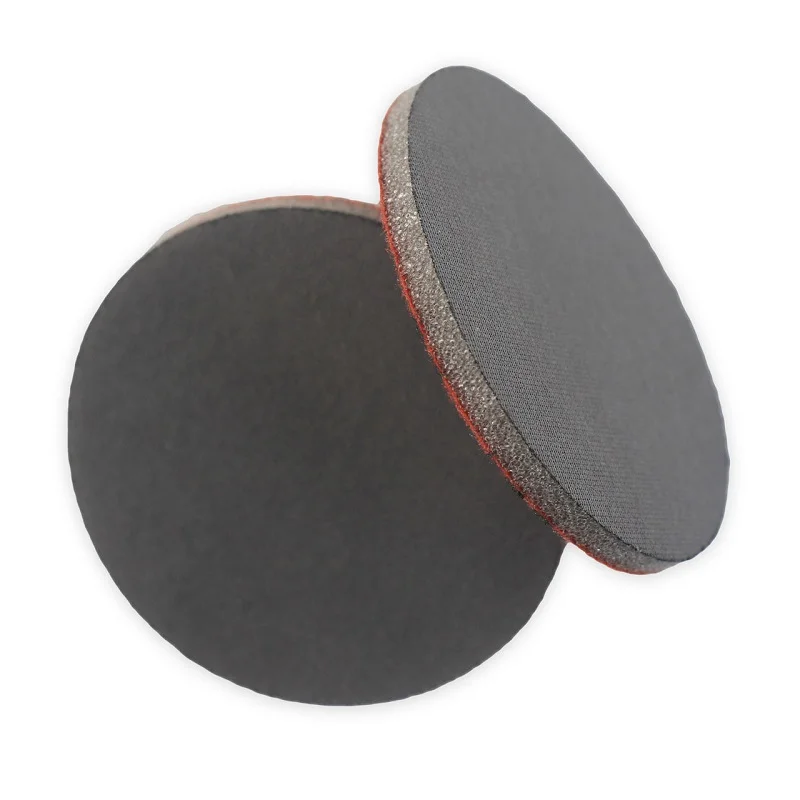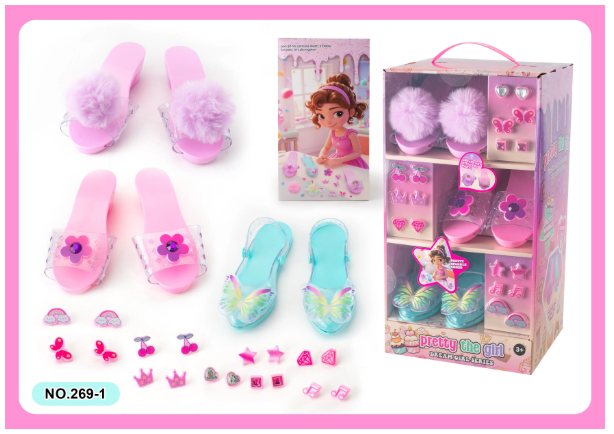Shades of Protection: Choosing the Right Color Sunglasses for Optimal Eye Health
When it comes to protecting our eyes from the sun's harmful rays, sunglasses are not just a fashion statement; they are an essential tool for maintaining ocular health. However, with a myriad of options available, one question often arises: Which color sunglasses are good for eyes? This article delves into the science behind lens color and its impact on eye protection, comfort, and visual clarity.
Understanding UV Protection
Before we explore lens colors, it’s crucial to understand the primary function of sunglasses: blocking ultraviolet (UV) radiation. UV rays can lead to various eye problems, including cataracts, macular degeneration, and photokeratitis. Therefore, regardless of the lens color, ensure that your sunglasses provide 100% UV protection. Look for labels indicating UV400 or 100% UV protection to guarantee your eyes are shielded from harmful rays.
The Role of Lens Color
The color of sunglasses lenses can significantly influence visual comfort and clarity. Different colors filter light in unique ways, affecting how we perceive our surroundings. Here’s a breakdown of popular lens colors and their benefits:
- Gray Lenses
Gray lenses are among the most versatile and popular choices. They reduce overall brightness without distorting colors, making them ideal for everyday use. Gray lenses provide true color perception, which is particularly beneficial for driving and outdoor activities. They also offer excellent glare reduction, making them suitable for bright, sunny conditions.
- Brown/Amber Lenses
Brown or amber lenses enhance contrast and depth perception, making them excellent for variable light conditions. They filter out blue light, which can cause visual fatigue and discomfort. These lenses are particularly beneficial for activities like hiking, fishing, or skiing, where depth perception is crucial. Additionally, they provide a warm tint that can make the environment appear more vibrant.
- Green Lenses
Green lenses offer a balance between color distortion and brightness reduction. They enhance contrast and reduce glare while maintaining a natural color perception. This makes them a great choice for outdoor sports and activities. Green lenses are also known to reduce eye strain, making them suitable for prolonged wear.
- Yellow/Gold Lenses
Yellow or gold lenses are particularly effective in low-light conditions, such as foggy or overcast days. They enhance contrast and depth perception, making them popular among shooters and skiers. However, they may not be ideal for bright sunlight, as they allow more light to enter the eye.
- Blue Lenses
Blue lenses are primarily used for aesthetic purposes, but they can also reduce glare and enhance contrast in certain conditions. However, they may distort color perception, making them less suitable for activities requiring accurate color recognition, such as driving.
Special Considerations
While lens color is important, it’s also essential to consider other factors when choosing sunglasses:
- Polarization: Polarized lenses reduce glare from reflective surfaces, such as water or roads. This feature is particularly beneficial for outdoor activities like boating or fishing.
- Photochromic Lenses: These lenses adjust their tint based on UV exposure, providing convenience for those transitioning between indoor and outdoor environments.
- Lens Material: Polycarbonate lenses are lightweight and impact-resistant, making them ideal for sports and outdoor activities. Glass lenses, while offering superior optical clarity, are heavier and more prone to shattering.
Conclusion
Choosing the right color sunglasses is not merely a matter of personal preference; it plays a significant role in eye health and comfort. Gray, brown, green, yellow, and blue lenses each offer unique benefits tailored to different environments and activities. Regardless of the color you choose, ensure that your sunglasses provide adequate UV protection and consider additional features like polarization and lens material for optimal eye safety.




